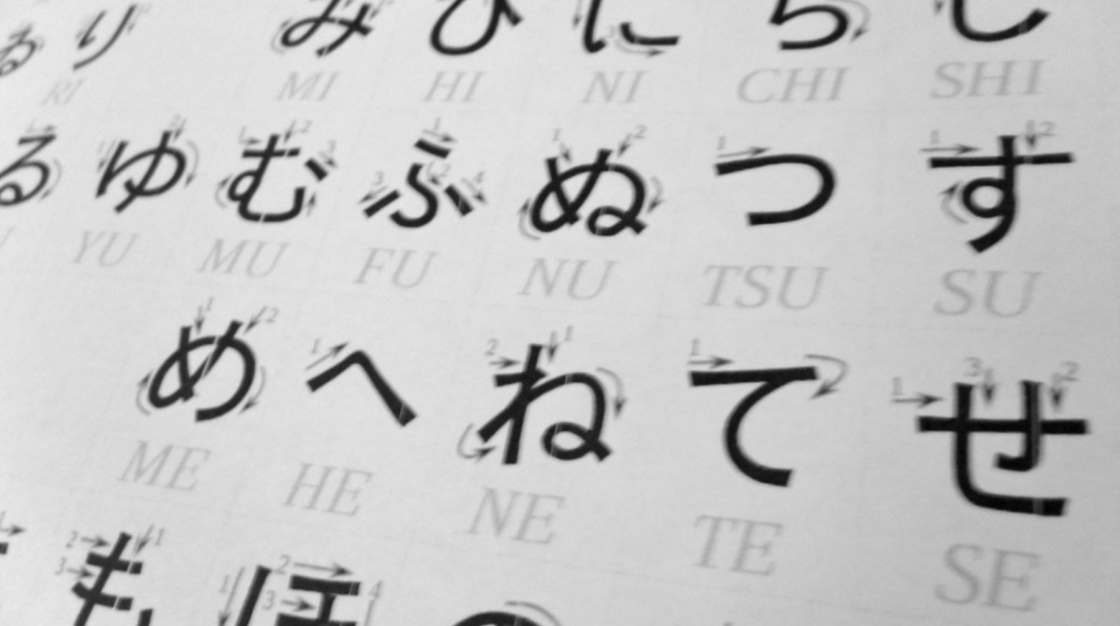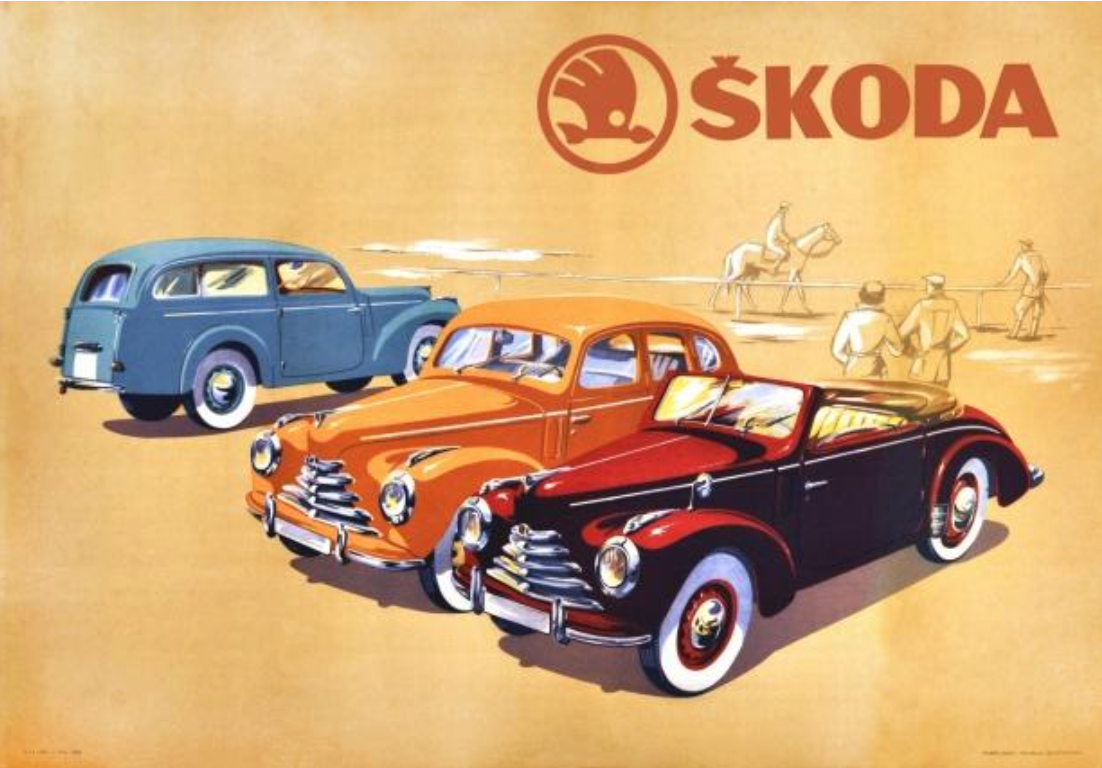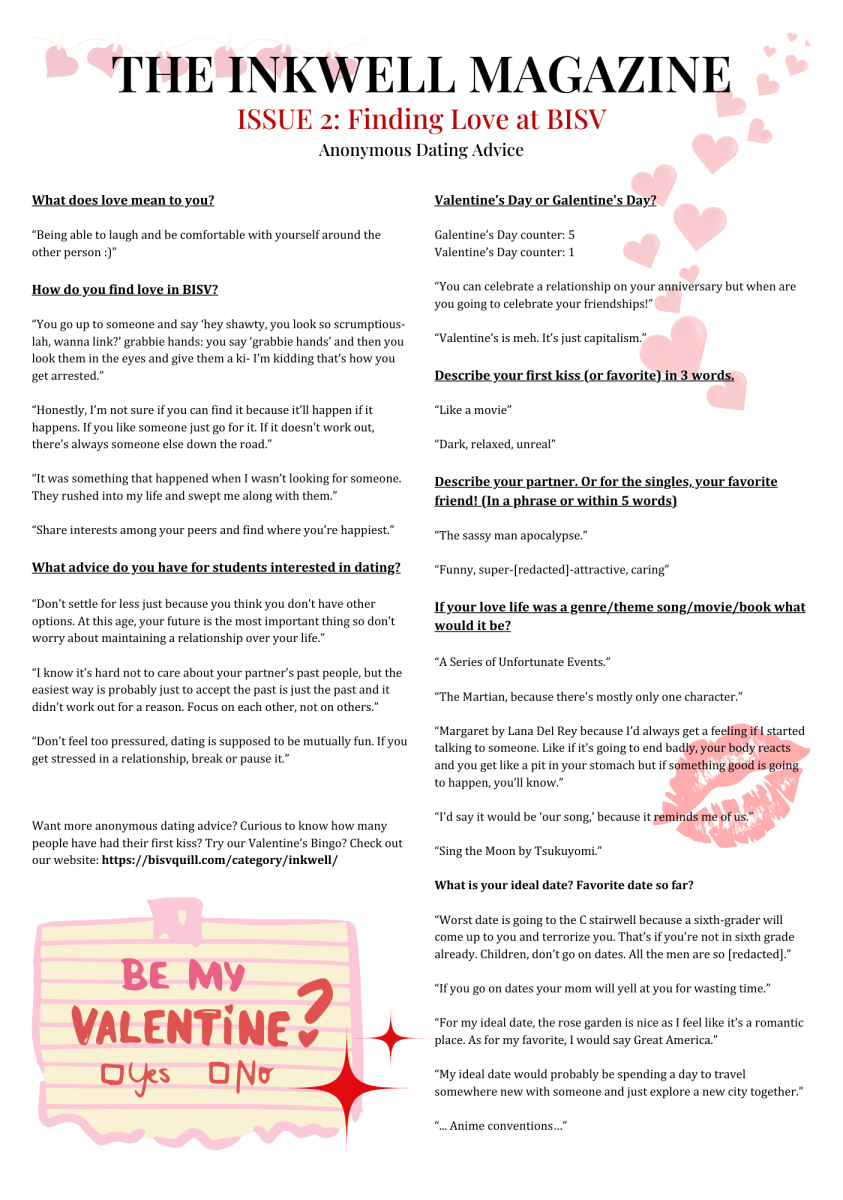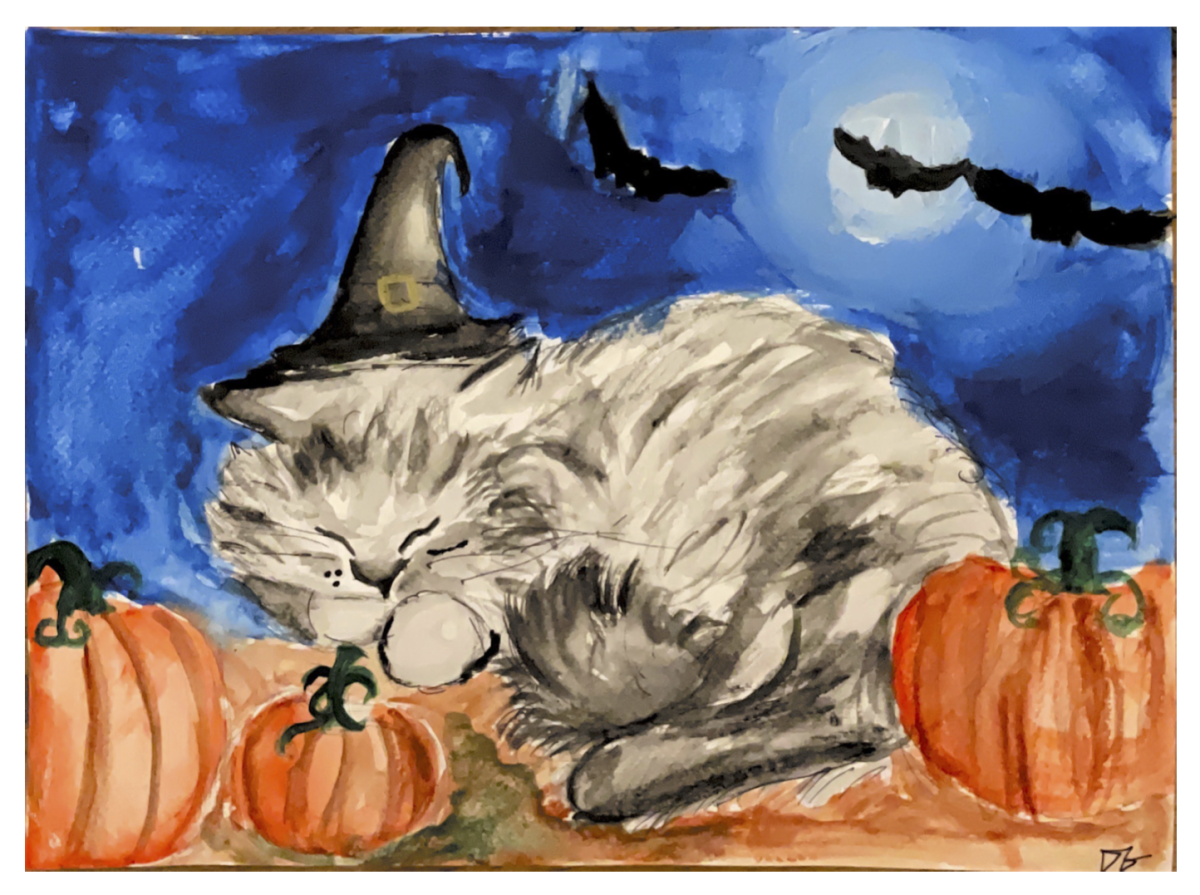The Birkin bag is named after Jane Birkin, an actress and a singer but, most importantly, a fashion icon. However, when people where the Birkin they don’t think of Jane and her impeccable style, instead they feel the exclusivity of being a VIP at a members-only club. People spend hundreds of thousands of dollars on Birkin Bags on online markets just to purchase what they could have at a boutique for approximately ten thousand dollars, which begs the question: “Why would one let themselves be scammed on the Internet for a superficial status symbol?” For one, they can’t get into the boutiques ( where wealthy people look at and try on clothes while being served expensive hors d’oeuvres and champagne). But, more importantly, they don’t understand that they’re being scammed by an institution much more powerful than incels hiding behind a screen—the fashion industry.
Purchasing a Birkin at a boutique is somewhat of a hazing into high society. The idea is to put in enough effort to not seem desperate but, rather, deserving—to be nonchalant and sophisticated, like a purebred money man. To get a Birkin at a boutique, one must have an extensive purchasing history at Hermès. Even so, longtime Hermès customers still struggle to obtain a Birkin at a boutique because they don’t know that they have to express their interest in owning one as an afterthought when interacting with sales associates.
Prospective Birkin moms have to ask sales associates to show them other items first. They must be very specific about which exact items they want to see to seem like they have done their homework. Then, at the end of their appointments, they have to mention that they “might” be in the market for Birkin of an exact size, color, and finish, while making it sound like a casual purchase. Therefore, it may improve their chances if they claim the bag is just a small present for somebody near and dear to them, like a favorite aunt or grandmother.
However, while Birkin buyers may feel like upper-class citizens, they don’t quite understand how the fashion industry is laughing at them. Sales associates and people higher up in the fashion industry are known for mocking such customers because they are, very clearly, new money trying to look like old money, which seems pretentious to them. To an outsider, this may seem petty, but fashion is largely an elitist game.
As anyone who has watched The Devil Wears Prada would know, the fashion industry is controlled by a bunch of old people sitting in a room deciding what colors, patterns, necklines, and materials people will be wearing five seasons from now. This image is only partially accurate, as many designers, such as Vivienne Westwood, like to make relevant cultural and political references in their runway designs. Nevertheless, it is ultimately these old people who decide the trends of the ready-to-wear collections, which are more publicly available and largely marketed to new money customers (or people who don’t have money but want to look rich). Ready-to-wear is often produced with lower quality and less sustainable production methods because it takes having a strong relationship with a brand or vintage shops that source runway pieces. It’s almost like these brands are playing a sick joke on those who want to seem sophisticated as if they never went a day without having millions in their bank accounts. This is where Birkin’s marketing comes in. It takes an understanding of fashion history to truly understand the original meaning behind a Birkin bag because the elitists have completely trampled on it with the sole purpose of leaching money from us.
Known for her flare jeans, white tops, babydoll dresses, bucket bags, and the occasional pop of bright red she wore when she wanted to make an impression, Jane Birkin was arguably the most influential fashion icon of the 1960s and ‘70s. Her appeal stemmed from the girlish simplicity and freeness of her style—she just always seemed to look perfectly disheveled. Thus, it is quite fitting that she sported her Birkin in a manner analogous to that of an indie schoolgirl wearing her backpack, accessorized with beads, keychains, and big stickers on the front. When Jane wore it, the Birkin bag was not a symbol of wealth and sophistication; it was a symbol of her eternal girlhood, unkempt but beautiful.
However, now, we see Birkins on the front pages of tabloids held firmly in the hands of Kardashians who wear them like spotless, shiny briefcases that were just unwrapped. That is the image ingrained into the minds of most people who want to buy Birkins. Marketing gimmicks have transformed the Birkin bag from a personalizable, everyday bag to an extravagant indicator of high status. Currently, Birkins are so expensive that it would be quite frivolous to wear them down until they look scrappy and put stickers all over them in true Jane Birkin fashion. Therefore, to preserve her legacy, we must avoid buying the Birkin Bag and instead, buy cheaper bags from smaller businesses with similar aesthetics to put stickers on.
Moreover, to achieve the same effect as the Birkin Bag does today, one could invest in a Hermès Kelly bag, which is just as exclusive, if not more so. To take it a step further, one could also go on the hunt for a Bucket Kelly, which is most definitely a lot harder to find than a Birkin and, consequently, will make you look like the VIP in the room. I sincerely hope that if any of my readers are ever in the market for a Birkin, they consider these other options first.

















![Teacher [Milk] Tea: Part 2](https://bisvquill.com/wp-content/uploads/2024/03/Screen-Shot-2024-03-19-at-9.28.48-PM.png)


































